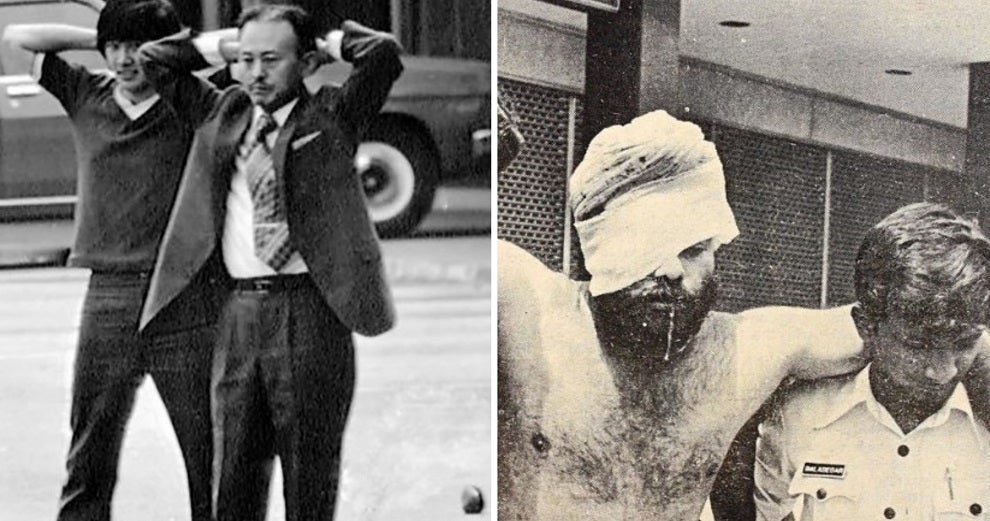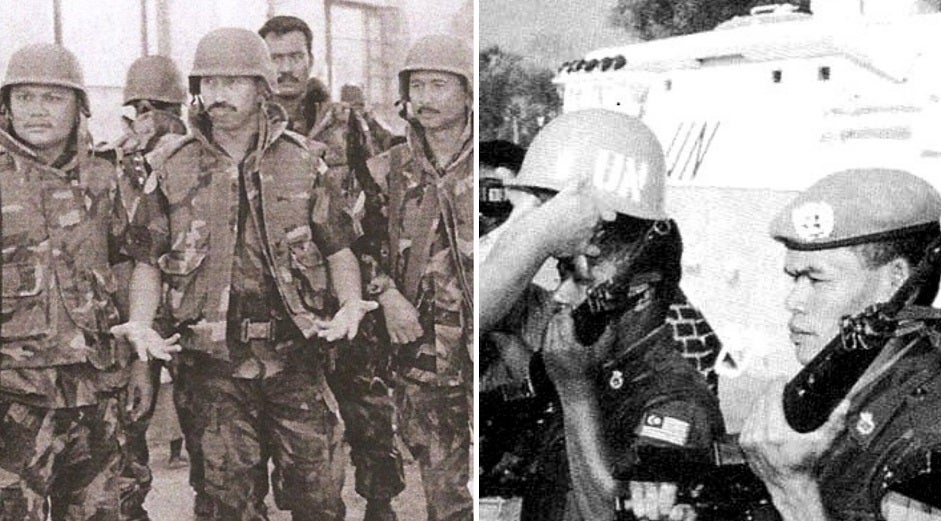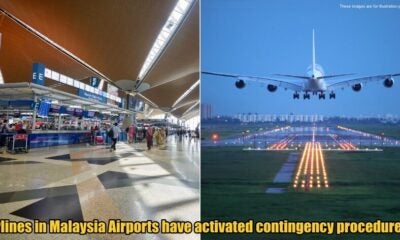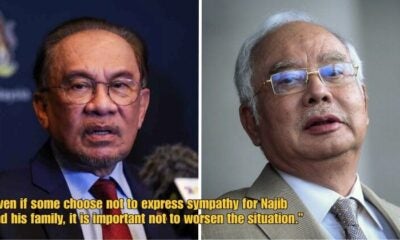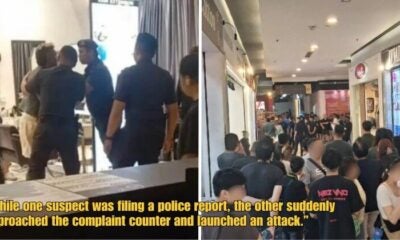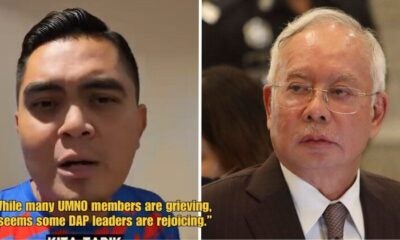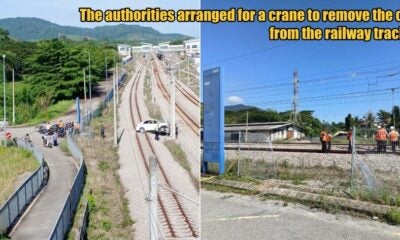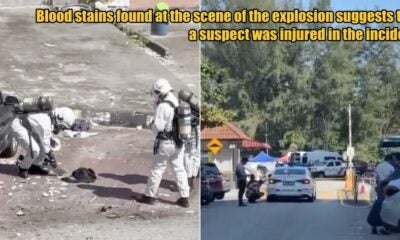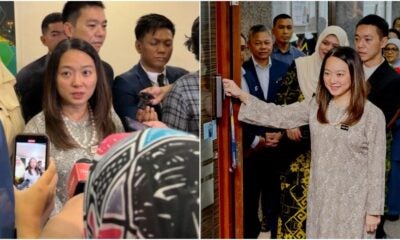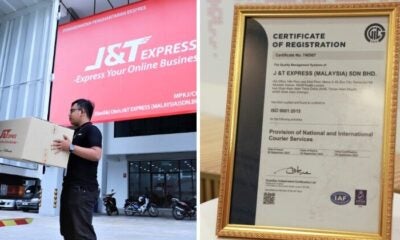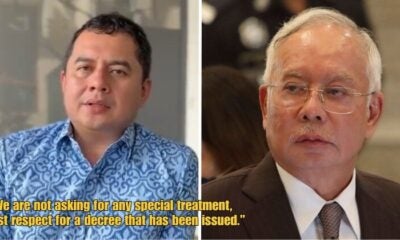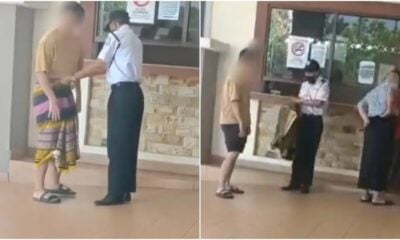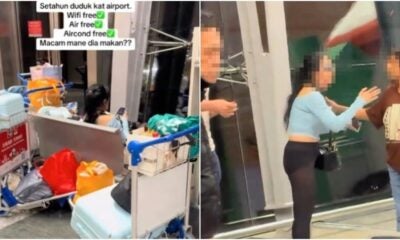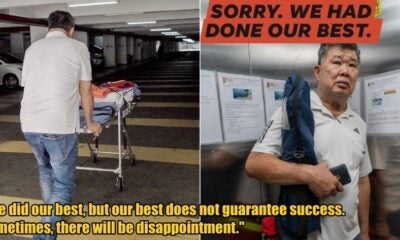On 4th August 1975, 53 people at the United States and Swedish embassies in Kuala Lumpur were taken hostage by Japanese militants for four days in an intense standoff with authorities. Here’s how the entire situation unfolded;
Violence erupts in the AIA Building
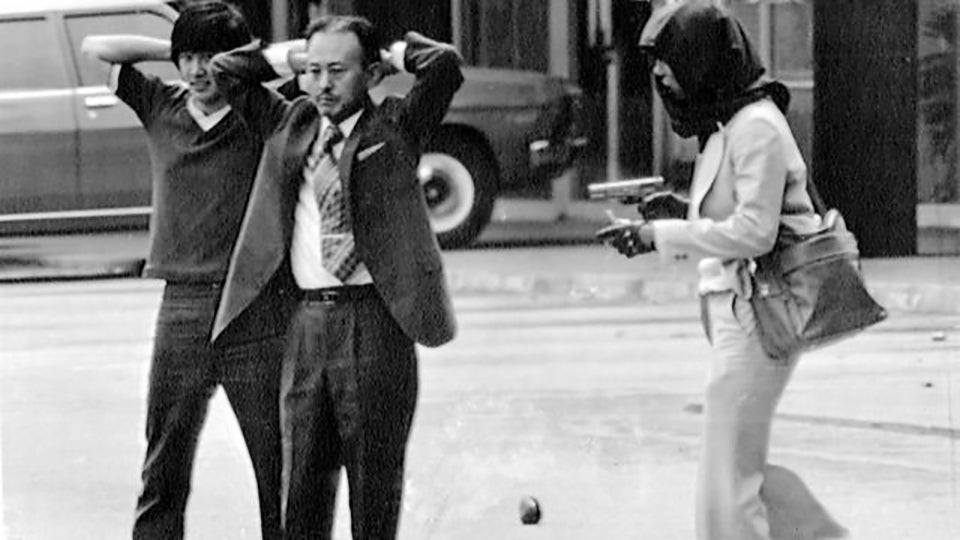
Source: BBC
5 members of a communist militant group, the Japanese Red Army (JRA), stormed the AIA Building in Jalan Ampang on 4th August.
A foreign service officer who was present during the incident was working at the United States embassy as usual when he heard gunshots. He was quoted by HuffPost as saying,
“I ran to the door of my office; there were people outside milling around wondering what was going on. We recognized quickly that the shooting was taking place on [the 9th] floor. So we rushed down the steps to see what was going on.”
“There was still some shooting going on. We could see the door of the elevator opening and one of our guards being shot at by someone in the corridor. The guard took a bullet right under the eye and fell back into the elevator.”
“The door then closed and we managed to get the man out on a different floor and to a hospital. Then another guard came up and he was shot through the chin—the bullet came out through the jaw.”
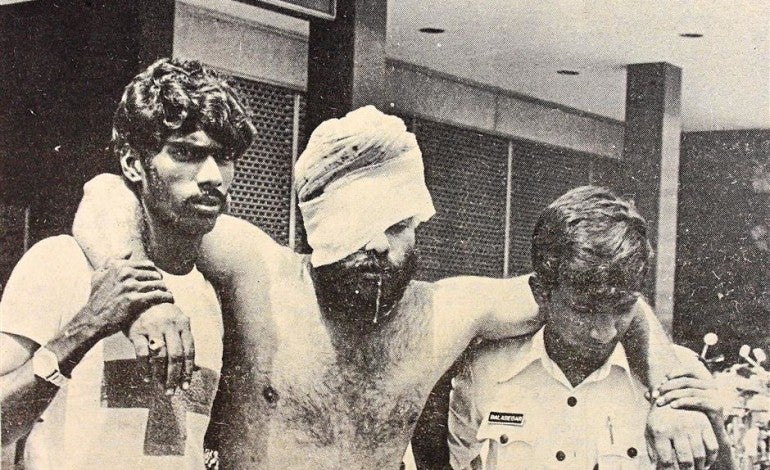
Source: Star2
A Malaysian security guard named Sukdave Sigh was shot right below his left eye and left out the back as JRA members stormed the building. Miraculously, he survived the gunshot. Recalling the incident, he told The Star,
“I was facing left. If I had been facing right, I could have had a worse injury or been killed.”
Meanwhile, the Malaysian authorities and security personnel worked quickly to seal off access to other floors in the building, shutting off elevators and the electricity while securing floors below them, locking the militants at the 9th floor.
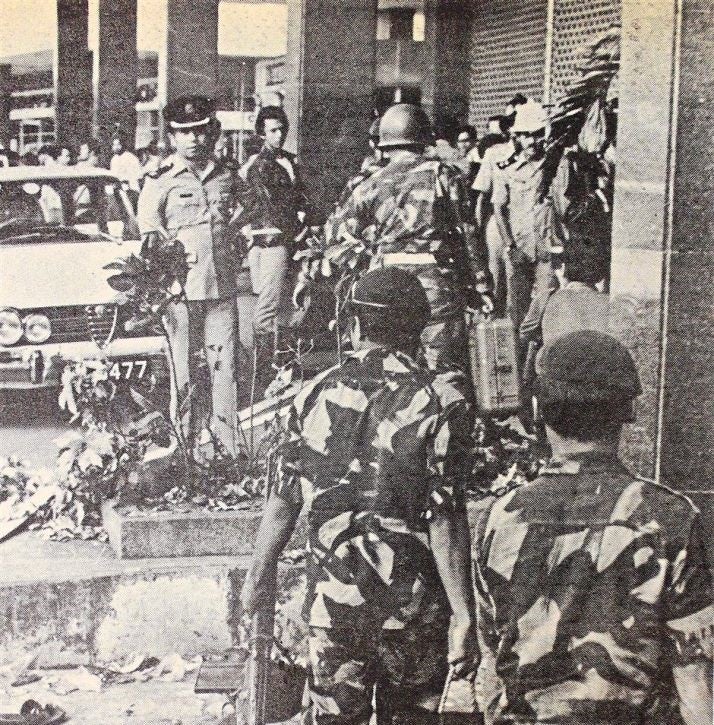
Source: Illuminasi
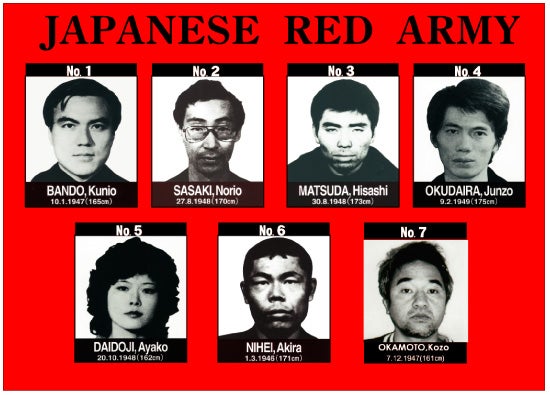
Source: The Malaysian Patriot
Demand that their 5 imprison leaders in Japan to be released
According to one eyewitness speaking to BBC, the armed militants wore suits and had scarves around their faces with grenades hanging at their belts. The JRA militants proceeded to make demands for their imprisoned leaders to be released. If their demands were not met, they threatened to massacre all 53 hostages, most of whom were Malaysians.
The Japanese government was also involved in negotiations and ended up agreeing to the JRA members’ terms.
The imprisoned JRA leaders were then sent to Kuala Lumpur on a Japanese Airlines flight (DC-8).
Malaysian officials switched places with the hostages
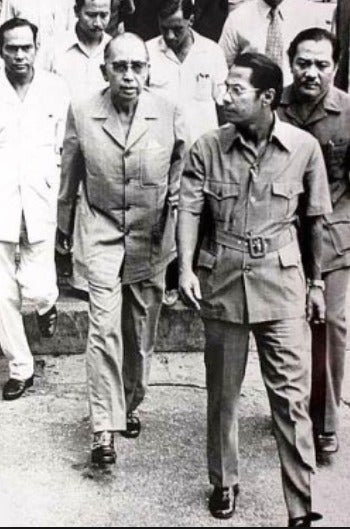
Source: Hai-o
As negotiations went on, it was decided that Malaysia’s Deputy Transport Minister Dato’ Ramli Omar and secretary-general for the Home Ministry Tan Sri Osman Samsuddin Cassim were to be exchanged with the terrorists as hostages to guarantee safe conduct. Two Japanese officials were also swapped with the hostages. Osman Cassim told BBC,
“The first thing the Prime Minister at the time (Tun Abdul Razak) asked me was how was my health. I said, ‘I think I’m alright sir, but a few years ago I already suffered a heart attack’.”
“He then thanked me for going in and swapping myself with the hostages. That was when I felt that the decision to go was really made.”
“I felt like I had been given the death sentence when I knew I would be one of the hostages on the third day of the crisis, but it was my responsibility as a civil servant,” he told The Star.
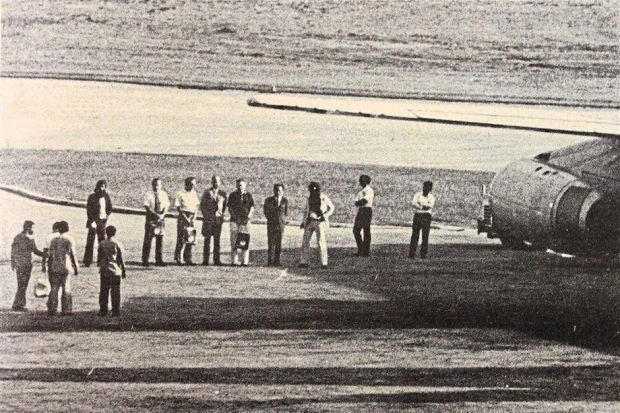
Source: Illuminasi
The intense hostage crisis went on as long as 4 days
After four days of being held by JRA militants, the hostages were freed, while the Deputy Transport Minister & Home Ministry secretary-general and the two Japanese representatives traded places with them. The JRA members then took the DC-8 plane and travelled to Libya with the JRA leaders along with the Malaysian representatives on 8th August 1975.
“We arrived at Tripoli at around 1 in the morning. All the JRA people were there. We even shook hands with some of them,” Osman Cassim added.
Upon reaching Libya, JRA members were then sheltered by former the country’s then-leader Muammar Gaddafi while Samsuddin Cassim and Ramli Omar returned unharmed to Malaysia two days later on 10th August.
Malaysian representatives were touted as heroes
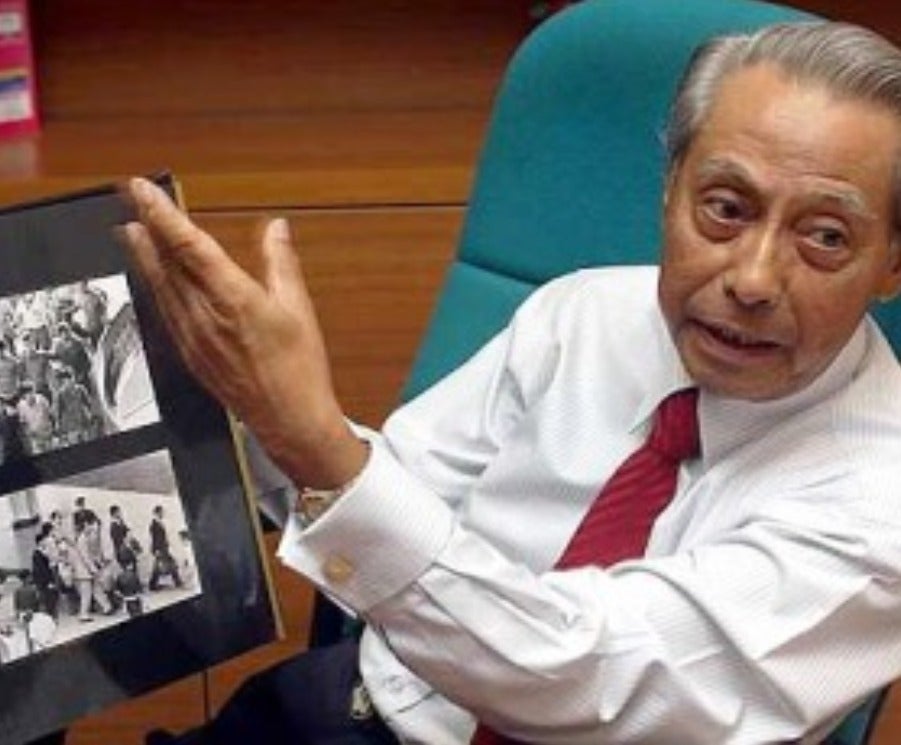
Source: The Star
34 years after the incident, Osman Kassim was awarded the Royal Order of the Polar Star by Sweden’s King Carl XVI Gustaf on 16th September 2009.
“I never considered my role in that incident as a heroic role. I was just prepared to go and there was no going back on my word. I just left my fate in the hands of Allah,” Osman Kassim told BBC.
He was quoted by The Star as saying,
“Although I never thought I would get anything, I am still very happy and thank the Swedish for granting me such a high honour.”
Thankfully, the hostage crisis was resolved with no casualties and we commend both Malaysian and international authorities who aided with negotiations to defuse this crisis.
Also read: Here’s How The M’sian Army Actually Helped Rescue U.S. Soldiers During The Somali Civil War

